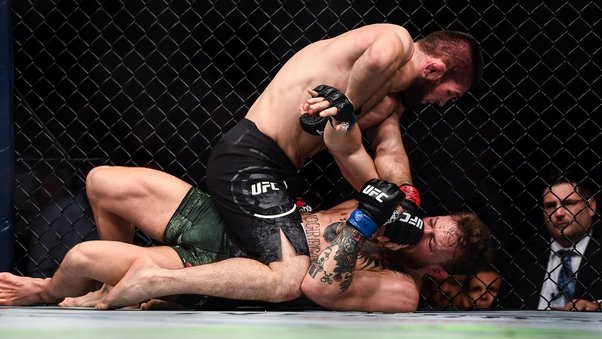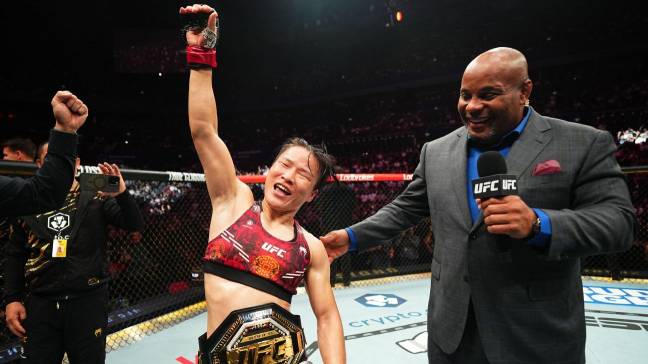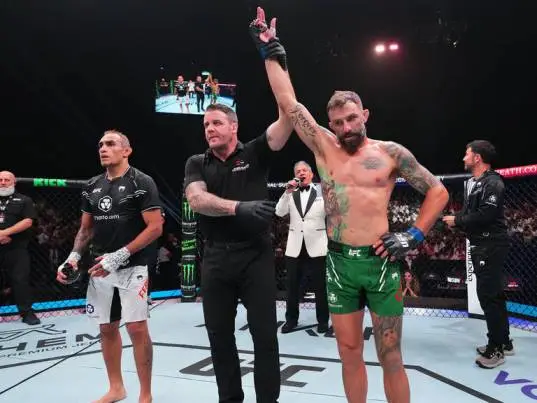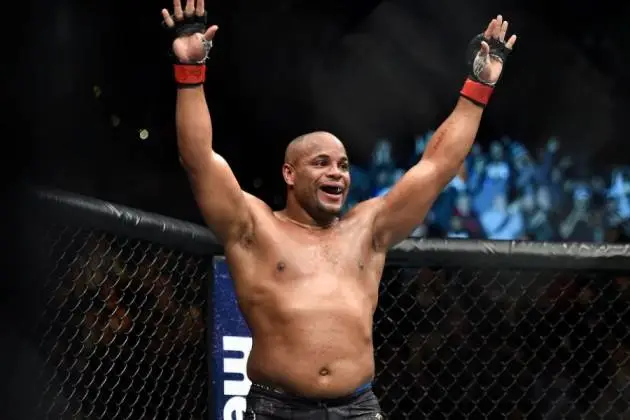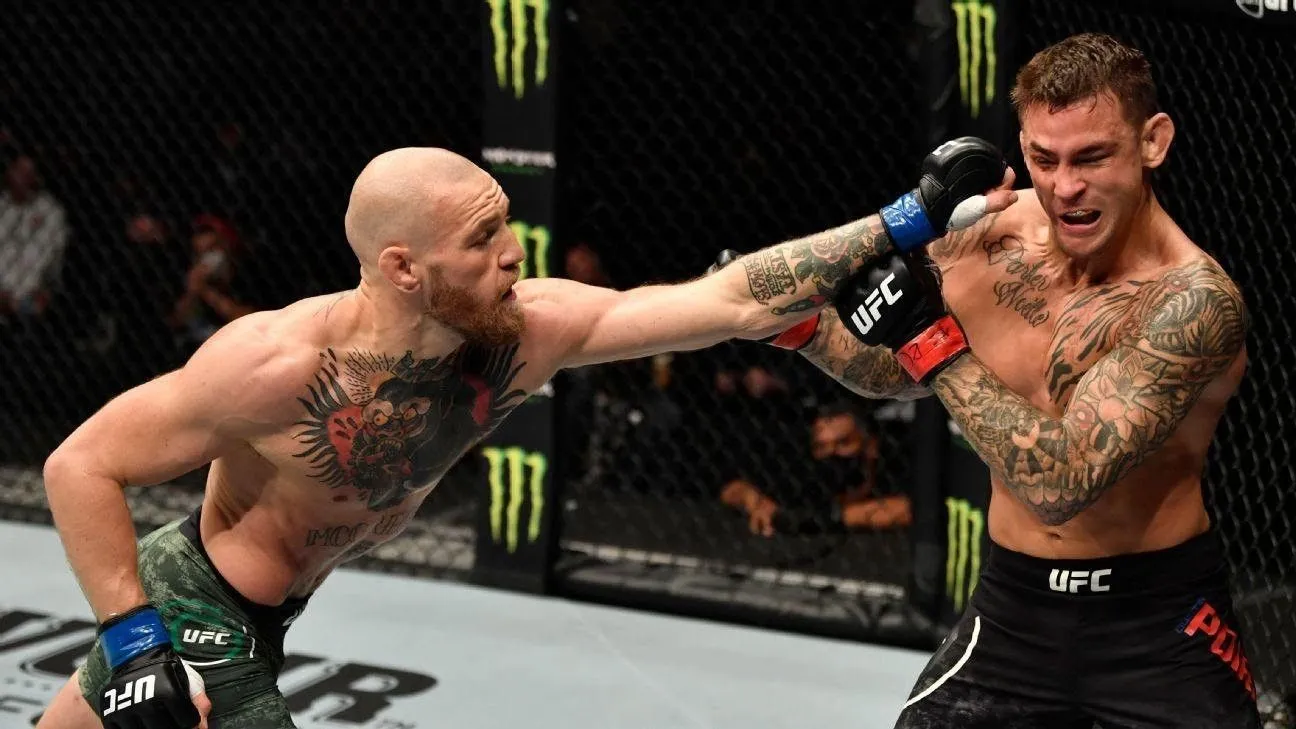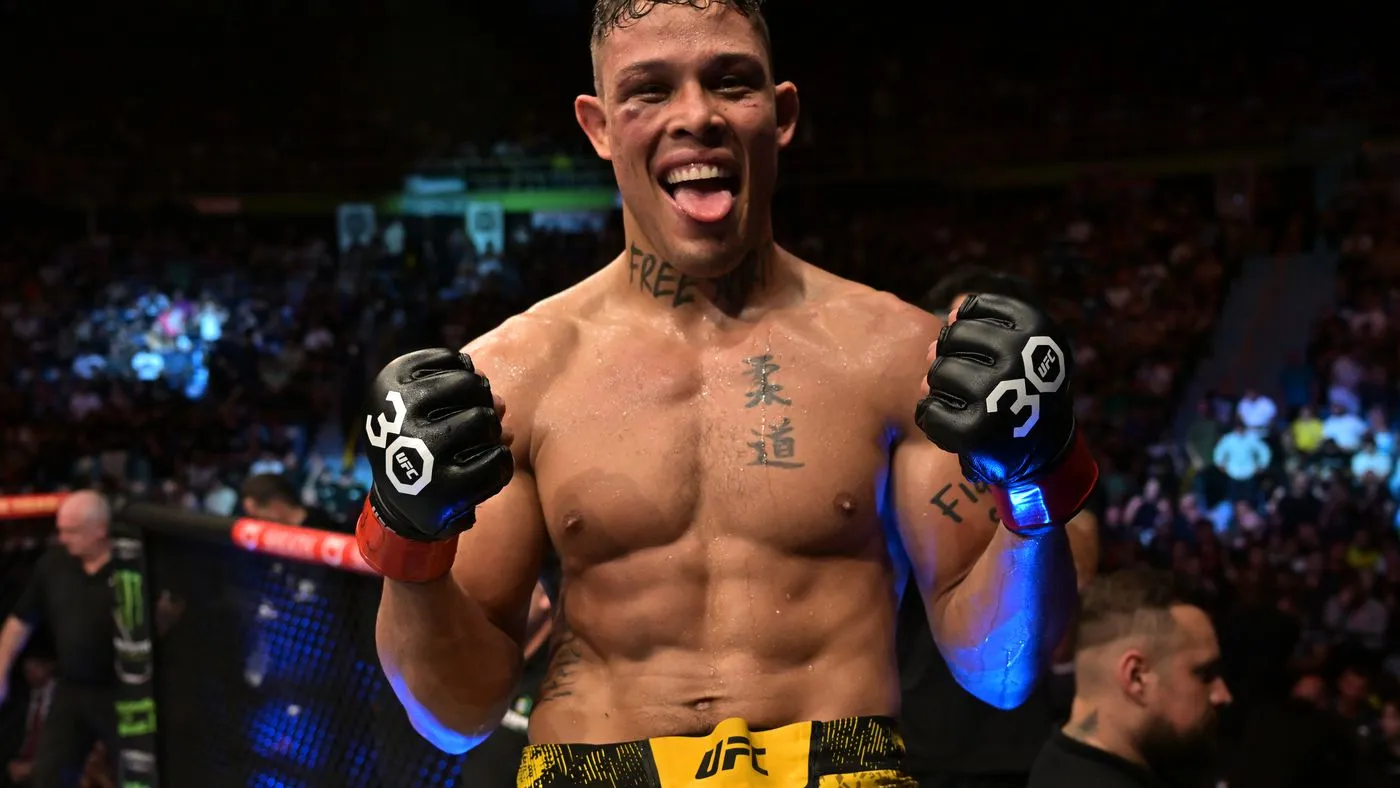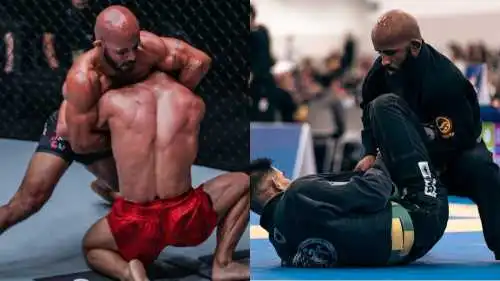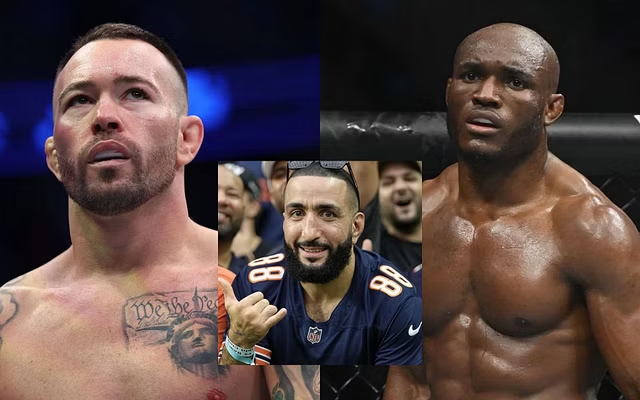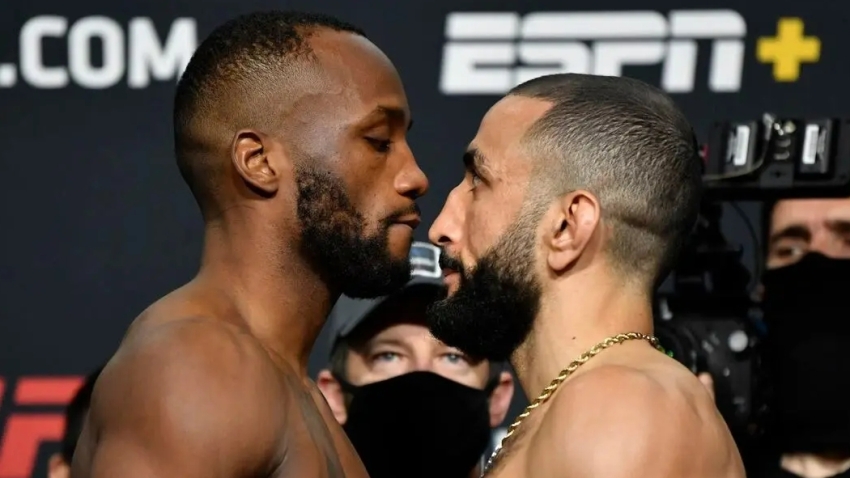
Former fighter and MMA coach Din Thomas remembers when Lyoto Machida knocked out Randy Couture with a jumping front kick at UFC 129. Suddenly, everybody was trying to emulate that highlight-reel finish in the octagon.
Some trends are more subtle. It’s hard to pinpoint exactly when calf kicks became a thing. But today, they’re hard to avoid, to the dismay of countless fighters stung on the walk forward.
In today’s MMA, there are few mysteries about the techniques available in the cage. More or less, everyone pulls from the same playbook, whether it’s an armbar or a Suloev stretch. With parity in knowledge, the when and how of a move is just as important as the type.
Fighters, at the front lines of innovation, play to their strong suits – and their opponent’s weaknesses. But they also tend to follow the pack when it comes to what works, whether that’s a foot stomp, a calf kick, or, in the case of this past Saturday’s UFC 246 main event, a shoulder strike.
When Conor McGregor used it to smash Donald Cerrone’s face, exploding the perennial contender’s nose and setting in motion a 40-second finish, the ingenuity was unavoidable. And soon, the technique went viral. Reddit threads reheated old examples of its use. Instructional clips broke down the fight-ending sequence. A doctor even posted a video explaining the mechanics of the devastation wrought on Cerrone’s face.
Much of the attention can be attributed to McGregor’s worldwide fame. Still, it was quite the spotlight for a strike many MMA fighters use as a secondary tool, a distraction for other more important attacks, or a setup to wrestle.
Could the shoulder strike be the next MMA craze? Thomas thinks it might be, even if McGregor isn’t by far the first fighter to have success with it.
”Whenever someone brings something back, it becomes a trend for a little while,” Thomas told MMA Fighting. “A lot of guys will see that and say this is something new. But it’s nothing new.”
At Team Quest, where Greco-Roman wrestlers Couture, Dan Henderson and Matt Lindland adapted their skills to the emerging sport of no-holds barred, it was a technique born in the clinch, where it maximized the available space and incentivized stubborn opponents who didn’t want to be controlled.
”We spent a lot of time finding ways to score effectively,” Couture said. “Shoulder punching was something that we all started doing. It was a way to irritate him to have to make adjustments. You weren’t going to damage him to the point where you were going to win a fight, but sometimes it was the subtleties that made the difference.
”Stomping on a guy’s toe, guys did that, too. But it was really just to make him move his feet, make him uncomfortable.”
Shoulder strikes were just one of several innovations – imported from boxing and other combat sports – that wrestlers like Couture brought to prominence. Over time, they reshaped the way fighters trained and fought inside the octagon. Those who weren’t prepared for striking and grappling techniques in the clinch were at a disadvantage when the action inevitably got close.
There are long-term MMA trends that can be traced to the infusion of new talent, or from specialists who possess a greater depth of technique. The reason McGregor’s move was so shocking, according to Thomas, is because fighters have become so accustomed to looking at the clinch as a place of transition.
”With all the wrestling we do and learn, they’re so focused on trying to see if they can jockey for position and wrestle, or get out of wrestling positions,” he said. “We’ve kind of forgotten about a lot of techniques that you can use in the clinch.
”I appreciate Conor’s technique, but you’ve got to understand, (McGregor coach) John Kavanagh’s also an old-school dude. He knows all the tricks and the dirty tactics that we used back in the day.”
For McGregor, the move wasn’t dirty at all – it was a play straight out of the Crumlin Boxing Club, where he first whet his combat appetite.
”They won’t really say I’ve just got a left hand,” he smiled. “They’ll have to say I’ve got a left shoulder, as well.”
Greg Jackson, no stranger to strategizing for big fights at the gym he fo-founded, said the technique boils down to removing a “control zone” for a fighter who hopes to transition to grappling and banks on a safe space in the mean time. He credits UFC light heavyweight champion Jon Jones for using his shoulder as a battering ram in fights. It’s part of a long catalogue of ways to inflict damage on an opponent. And while Jones has never broken a nose, he’s certainly gotten in a few good shots.
”If their head’s on my shoulder and my head’s on their shoulder, and I’m setting up moves to do from that position, we basically have a 50-50,” said the coach, who worked with Cerrone for the majority of his UFC career. “You’ve got me a little, and I’ve got you a little. But when you start doing strikes with the shoulders, you can’t get your head around the shoulder. It’s hard to get head positioning on the inside.
”By bumping my head all over the place like a basketball, it keeps me out of that comfortable position where I can utilize some of my takedowns.”
Could such a technique be the catalyst for another shift in the way MMA fights are fought? Probably not. Producing enough concussive force to break an opponent’s nose with the shoulder is considerably harder than, say, aiming a leg kick lower to make contact with the calf. It’s probably closer to that flying front kick, which is why examples of devastating results are few and far between.
It certainly keeps the game interesting, though. In a sport where hundreds of techniques are aggregated to create the most well-rounded combatants in the world, there’s yet another reminder you can win and lose in so many ways, in movements big and relatively small.
Cerrone struggled to process what had happened in the moments after referee Herb Dean stepped in to stop the biggest fight of his life.
“One-hundred percent, I’d never seen anything like that,” Cerrone said. “They threw me way off-guard; he busted my nose, it started bleeding, then he stepped back and head-kicked me. I was like, ‘Oh man, this is happening this fast? I got my ass whipped early.’”
Couture, whose fight career ended the night he fell prey to Machida’s sudden attack, remembers a time when the MMA world buzzed about a pair of anaconda chokes Antonio Rodrigo Nogueira had pulled off in PRIDE. Inspired, he started drilling the technique back at Team Quest. A few months later at UFC 54, he saw an opportunity and gator-rolled his way to a tap from Mike Van Arsdale. Trends moved fast, even back then.
With the sport’s biggest star pulling off the equivalent of a slam dunk, it might not be long before we see more shoulder strikes in the octagon. After all, no fighter wants to be caught out of step in the octagon.
